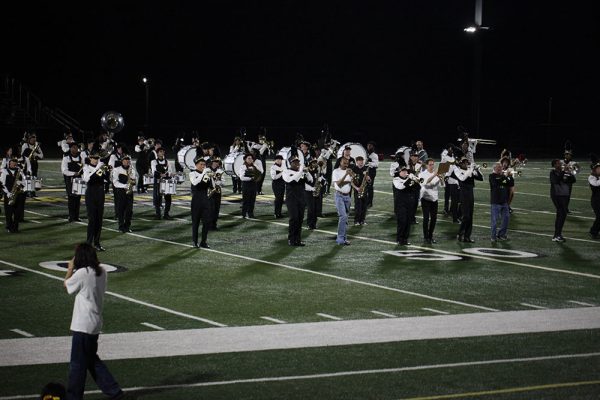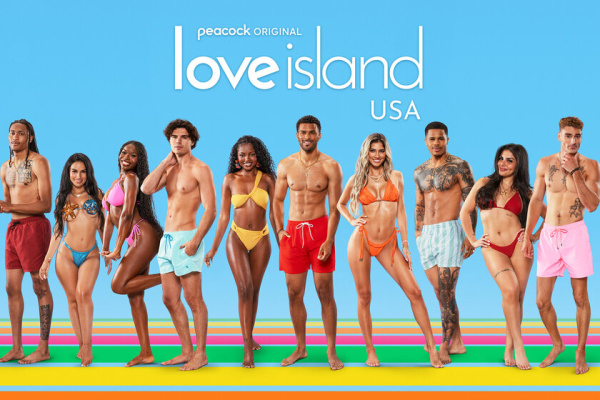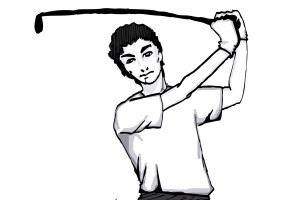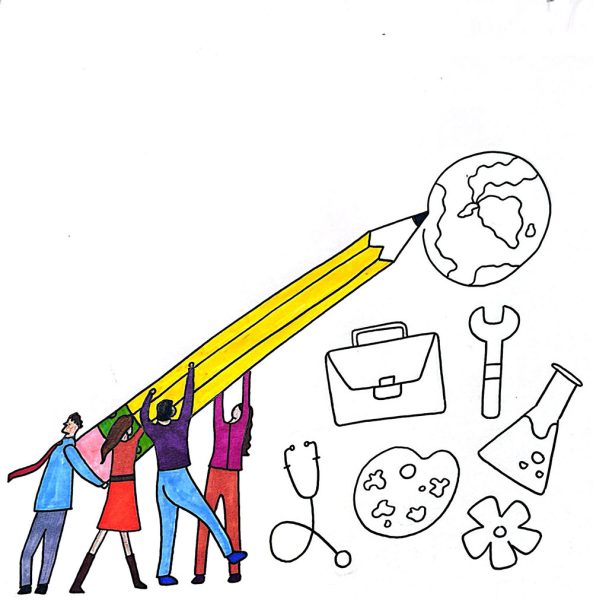Frozen Shatters Traditional Princess Stereotypes
While the characters may have similar qualities to traditional Disney characters, the creators did all they could to turn the traditional misogynistic and heteronormative principles of animated motion picture culture completely upside-down.

Frozen Promotion Poster Image Source: disney.com
“Frozen,” Disney’s most recently released animated fairy-tale, tells the story of two sisters and their struggles through an eternal winter. Elsa, the eldest of the two girls, has the power to turn anything she touches to ice. However, she must conceal her powers as well as her emotions in order to become the queen of the fictional kingdom of Arendelle.
Anna, the younger sister, is initially unaware of her sister’s power, and seeks the attention from Elsa that she can’t get anywhere else because she is isolated from the rest of the world. Because of the death of her parents, the soon-to-be Queen Elsa is the only family that Anna has. Because of this isolation and longing for company, Anna is quick to fall in love with the too-good-to-be-true Prince Hans, leading to major conflict for Anna and her family’s kingdom.
Disney’s “Frozen” is the most progressive film that Disney has ever released. Most Disney stories emphasize the importance of traditional romantic love, often implying that a “charming” man is the only one that can “cure” a damsel in distress. Rapunzel, Aurora, Cinderella and many other Disney protagonists are completely dependent on the love and strength of cliche princes and their majestic white horses, giving the impression that a girl must rely on a man to save her. This terrible and misleading lesson for impressionable girls is countered by “Frozen”’s implication that the true (and platonic) love of a sister can “cure a frozen heart” and save a damsel in distress, rather than a man’s unrealistic and frankly antiquated courtly love. The movie’s themes strongly suggest that a girl does not need this impractical chivalrous love to live “happily ever after.”
The movie also challenges traditional fairy-tale ideology by, basically, spitting in the face of the concept of “love-at-first-sight.” While most Disney films display being quick to fall in love as a valuable quality in a young girl, Anna’s story shows the negative outcomes of falling for someone too quickly and trusting too easily. Several Disney princesses simply jump into the arms of whoever will love them, a very naive and stupid thing to do. Anna does this as well, but instead of displaying this naivete as a good quality, the plot reveals its consequences rather than its benefits, and emphasizes the significance of an emotional connection in a relationship rather than a superficial one.
The film also depicts the way that parental influence is not always positive on kids. In this case, before they died, Elsa’s parents advised her hide her powers; to “conceal, don’t feel.” Elsa’s internalization of this attitude is not mentally healthy and impairs her judgement and behavior. Her parent’s behaviors are representative of the way some parents respond to talent that can significantly diminish a child’s self-esteem. In this way, “Frozen” teaches important lessons to adults as well as children.
Finally, the story subtly supports gay relationships with the inclusion of a family with two dads. This small but significant scene tears to pieces the traditional Disney ideology with its heteronormative standards by challenging the notion that homosexual representation in the media is confusing to children. Like all of Disney’s animated films, the movie was generally targeted at a young audience, but it represented homosexuality anyway. I doubt that any child even questioned it at all.
So while the characters may have similar qualities to traditional Disney characters, the creators did all they could to turn the traditional misogynistic and heteronormative principles of animated motion picture culture completely upside-down.










![“My parents have always said that education is important. My parents are Chinese immigrants, I'm Chinese American, [and that's a] value that has always been ingrained in our community,” said Senior Lyndia Zheng, pictured with Tony Zheng](https://bcomber.org/wp-content/uploads/2025/10/DSC_4244-600x400.jpg)

